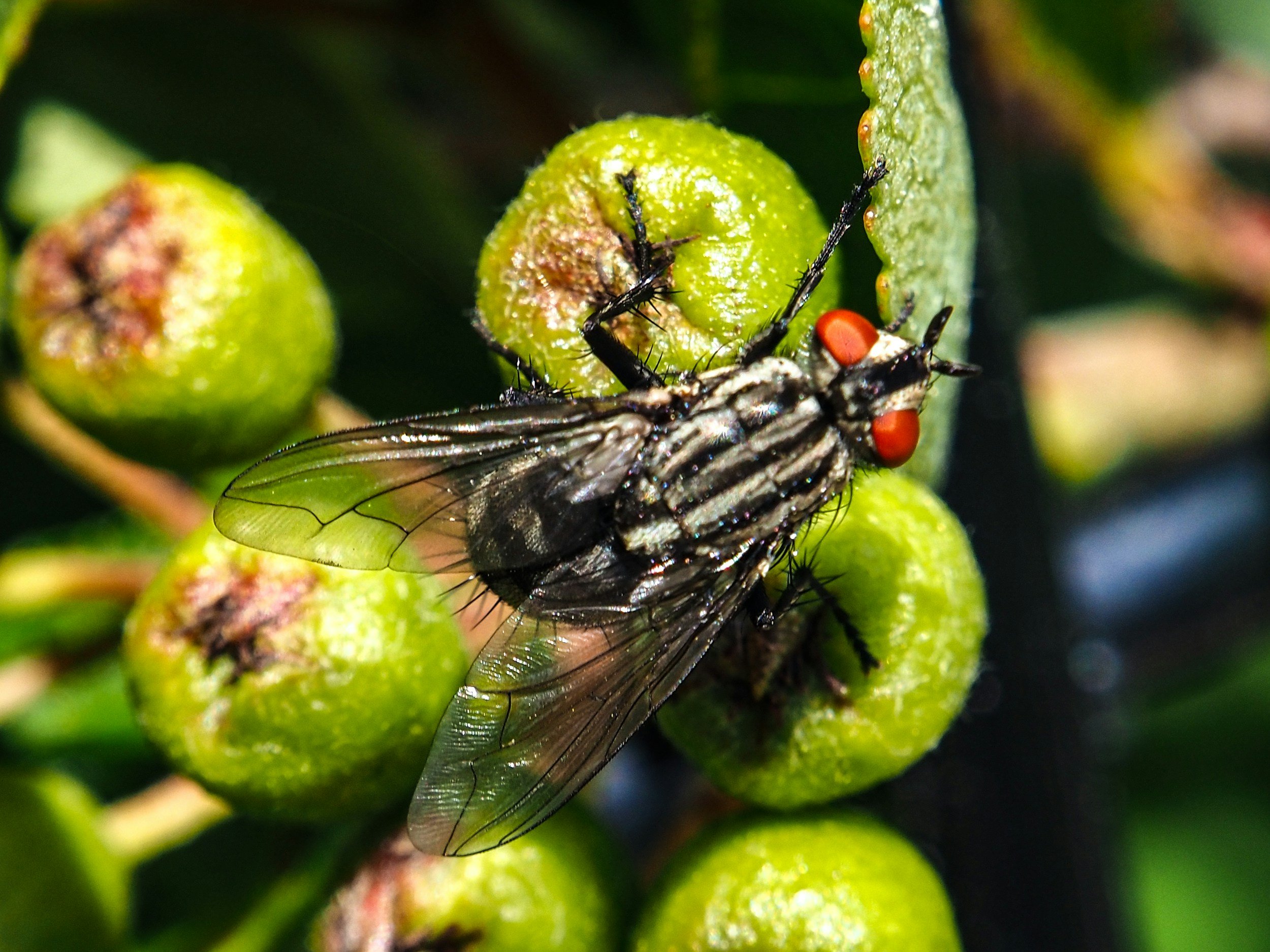Research
Overview
Polyploidy, or the presence of three or more sets of chromosomes within a cell, is a widespread feature of genomes, cells, and organisms. Polyploidy was discovered over 100 years ago, but our understanding remains limited, even though nearly all agricultural crops are polyploid, many human organs (for example, liver, heart, and placenta) are polyploid, and at least one-third of all cancers are polyploid. A common theme is that polyploidy is often associated with stress, but few other generalities have emerged, in part becauseresearchers across diverse fields—from cell biology to genomics, agriculture, cancer, and ecology—rarely interact.
The Polyploidy Integration and Innovation Institute (PI3) will bring a unique, synthetic approach to the study of polyploidy, with integrated analyses that will uncover both the commonalities and distinct roles of polyploidy in cells to ecosystems and in plants, animals, and fungi. A coordinated research plan across carefully selected biological systems will serve as a framework for predictive models that will extend the experimental work more broadly, with important consequences for agriculture, medicine, conservation of biodiversity, and development of the bioeconomy. Moreover, PI3 will transform scientific understanding of polyploidy and its relevance for society through integration of research, cross-disciplinary education and training, public outreach, and programs to diversify the scientific workforce.
Biological Systems
Polyploidy occurs at the levels of cells, tissues, organs, and entire organisms and ultimately results in transformative downstream effects that occur across biological scales and diverse organisms. Nucleotypic effects of increased ploidy (that is, effects due to increased DNA content alone) may impact cell size, gene expression, gene interaction networks, protein production, and more, producing a mosaic of potential positive and negative outcomes. Explanations for the advantages and constraints of polyploid cells and organisms remain elusive, in part because broad-scale comparisons have not been made.
PI3 will conduct coordinated research in yeast, Arabidopsis, duckweed, Chlamydomonas, and fruit flies to test the central hypothesis that there are underlying rules to polyploidy that act across levels of biological organization and organismal systems. Parallel experiments across these model systems will test specific hypotheses about the common impact of nucleotypic effects across systems and whether the rules that determine polyploid success at the cellular and organismal levels ultimately scale to populations and landscapes. This novel predictive and quantitative framework for the cellular, organismal, evolutionary, and ecosystem-level consequences of polyploidy has not previously been possible because research on polyploidy has been siloed.
Collaborations with the broader scientific community will extend this research paradigm to many other lineages of life. The inherently interdisciplinary nature of polyploidy is reflected in a training program that is integrated with PI3’s conceptual research framework and emphasizes experimental and analytical methods as well as skills in team science, data science, and science communication.
Integration of Research Themes
We will use an integrated approach to span scales of biological organization and the Tree of Life. This approach relies on four pillars: (1) coordinated research that involves parallel experiments across carefully selected foundational systems, (2) development of new predictive theory through modeling, (3) data management practices that promote data sharing and integration both within the project and with the broader community, and community engagement through scientific outreach and contributions from other systems.
“We expect exciting new ideas and new theory to emerge from this work, with eventual applications to agriculture, medicine, and conservation.”
– Pam Soltis




